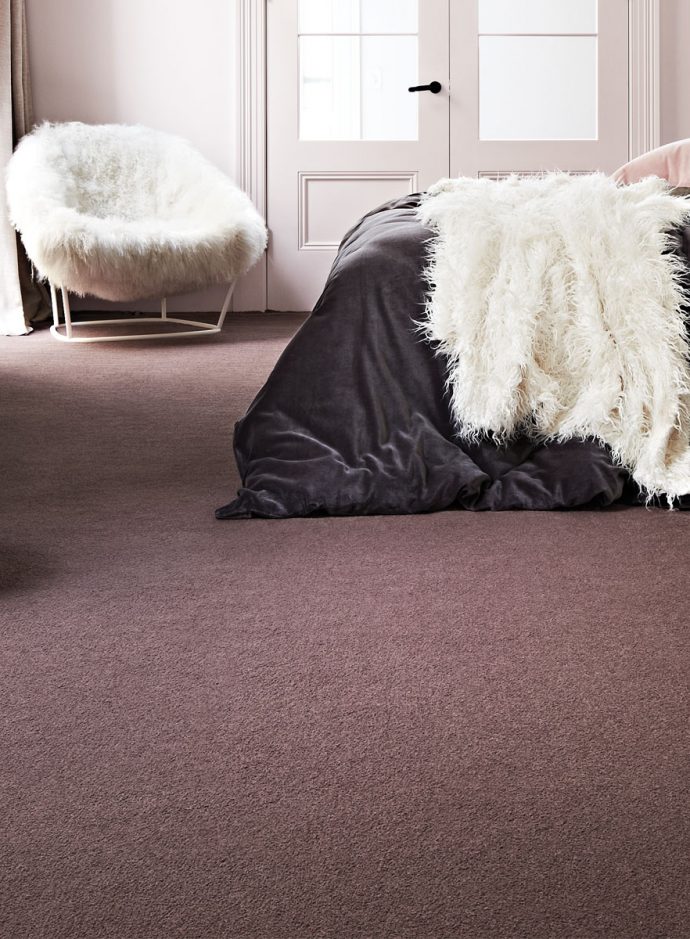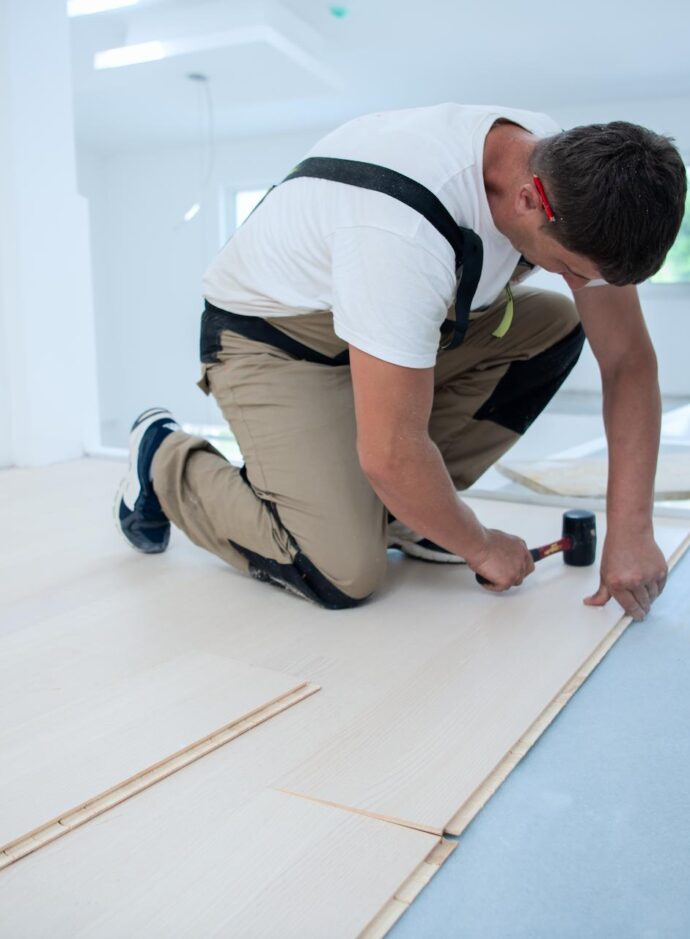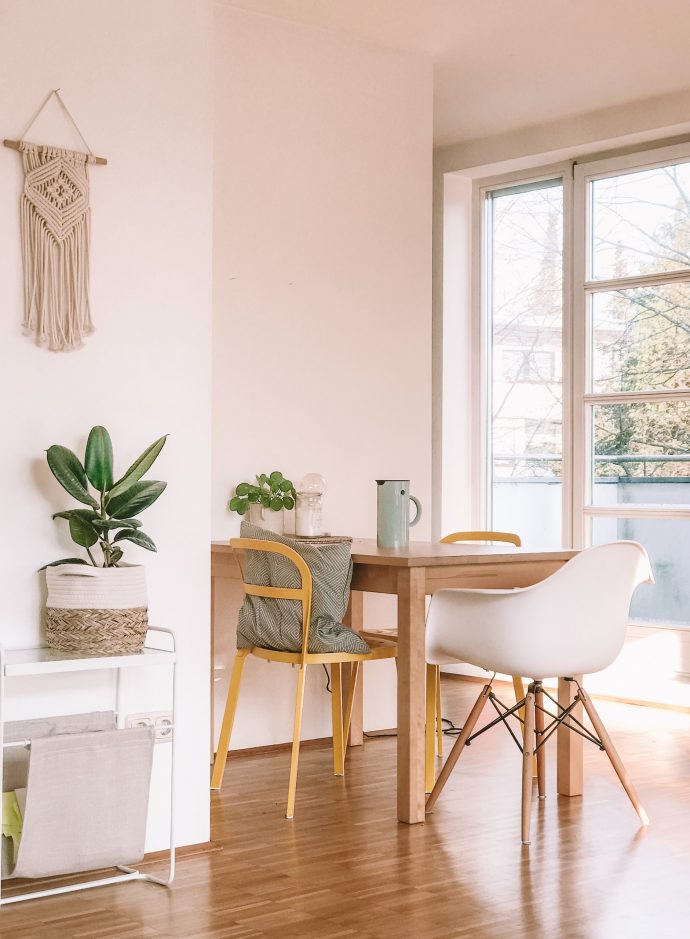Rubber flooring has become a popular choice for many different types of environments, from gyms and fitness studios to schools and commercial spaces. Its durability, safety, and low-maintenance properties make it an ideal solution for high-traffic areas. At Cannons UK, we often receive a range of questions from customers looking to install rubber flooring for various uses, whether for home gyms, professional studios, or commercial properties.
In this blog post, we’ll address the top five customer questions about rubber flooring, helping you make an informed decision when considering it for your space.
1. What Are the Benefits of Rubber Flooring?
Rubber flooring offers a host of benefits that make it one of the most versatile options for a variety of spaces. Here are some of the key advantages:
- Durability: Rubber flooring is incredibly tough and long-lasting, making it perfect for high-traffic areas such as gyms, sports halls, and commercial environments. It can withstand heavy foot traffic, the impact of weights being dropped, and the movement of equipment without showing signs of wear and tear.
- Safety: One of the primary reasons customers choose rubber flooring is its slip-resistant properties. Rubber provides excellent grip, even in damp or sweaty conditions, making it a safer option for areas where people are moving quickly or engaging in physical activity. The cushioning provided by rubber flooring also helps to absorb impact, reducing the risk of injury from falls or slips.
- Sound and Shock Absorption: Rubber flooring is fantastic for noise reduction, especially in gym environments where weights are dropped or in areas with heavy foot traffic. The material helps absorb sound, preventing it from travelling to other rooms or spaces.
- Easy Maintenance: Rubber flooring is relatively low maintenance compared to other types of flooring. It’s water-resistant, making it easy to clean with a mop or a mild detergent, and it doesn’t require special treatments or sealing to maintain its appearance.
- Environmental Impact: Many rubber flooring options are made from recycled materials, making them an eco-friendly choice. Recycled rubber flooring repurposes waste rubber, such as old tyres, reducing the amount of waste sent to landfills.
2. Is Rubber Flooring Suitable for Home Gyms?
Yes, rubber flooring is an excellent choice for home gyms, and it’s one of our most recommended options at Cannons UK. Here’s why:
- Protects Your Floor: Rubber flooring provides a protective barrier between your home’s flooring and heavy gym equipment like treadmills, weights, or rowing machines. It prevents damage to surfaces like hardwood, laminate, or carpet.
- Cushioned Surface for Comfort: When performing exercises like squats, deadlifts, or high-intensity workouts, rubber flooring provides a cushioned surface that helps to reduce the impact on your joints. This makes working out more comfortable and reduces fatigue, especially during high-impact activities like jumping or running.
- Slip-Resistance: One of the key safety features of rubber flooring is its slip-resistant surface. In home gyms, where people often sweat, this feature is essential to prevent accidents and injuries.
- Soundproofing: If your home gym is in an upstairs room or near living areas, rubber flooring can help to reduce noise from equipment or footfalls, ensuring that the rest of the household isn’t disturbed during workouts.
3. Is Rubber Flooring Easy to Install?
Rubber flooring is relatively easy to install, making it a popular choice for both professional and DIY projects. At Cannons UK, we offer several types of rubber flooring options, and the installation process may vary slightly depending on the product you choose. Here are the most common types of installations:
- Rubber Tiles: These are the easiest type of rubber flooring to install. Rubber tiles typically come in interlocking pieces that can be laid without the need for adhesive. This makes them ideal for DIY installations, as they can be easily adjusted, removed, or replaced if needed.
- Rubber Rolls: Rubber rolls are larger and more suitable for covering bigger areas, such as commercial gyms or sports halls. While installation is straightforward, it’s often best to use an adhesive to secure the flooring in place. This type of flooring may require professional installation if you’re covering a large area.
- Loose Lay Rubber Flooring: This type of flooring can be laid without adhesive and stays in place due to its weight and the friction of the material. It’s a good option for areas that may need to be adjusted or where permanent installation isn’t necessary.
4. How Do You Maintain Rubber Flooring?
One of the key benefits of rubber flooring is its low maintenance requirements. Here are some simple tips to keep your rubber flooring in top condition:
- Regular Sweeping or Vacuuming: Rubber flooring can accumulate dust and debris, especially in high-traffic areas. A quick sweep or vacuum will help to keep the surface clean.
- Mop with Mild Detergent: For a deeper clean, mop the rubber flooring using warm water and a mild detergent. Avoid using harsh chemicals or solvents, as these can damage the rubber over time.
- Spot Clean Spills: Rubber flooring is water-resistant, so spills can be easily wiped up without causing damage. Be sure to clean up any spills promptly to prevent stains.
5. Is Rubber Flooring Environmentally Friendly?
Yes, many rubber flooring products are eco-friendly, especially those made from recycled rubber. At Cannons UK, we offer a range of flooring options made from recycled materials, which are not only durable and high quality but also help reduce waste. Recycled rubber flooring repurposes materials like old tyres, diverting them from landfills and giving them a second life as high-performance flooring. This makes rubber flooring an excellent choice for customers looking to reduce their environmental impact.




